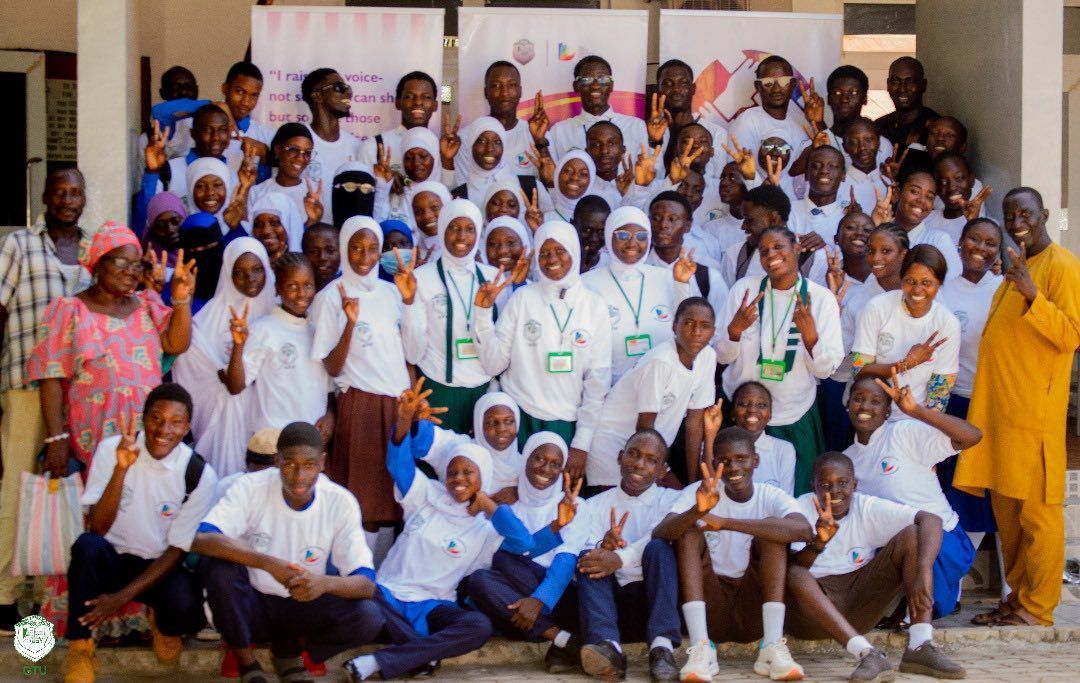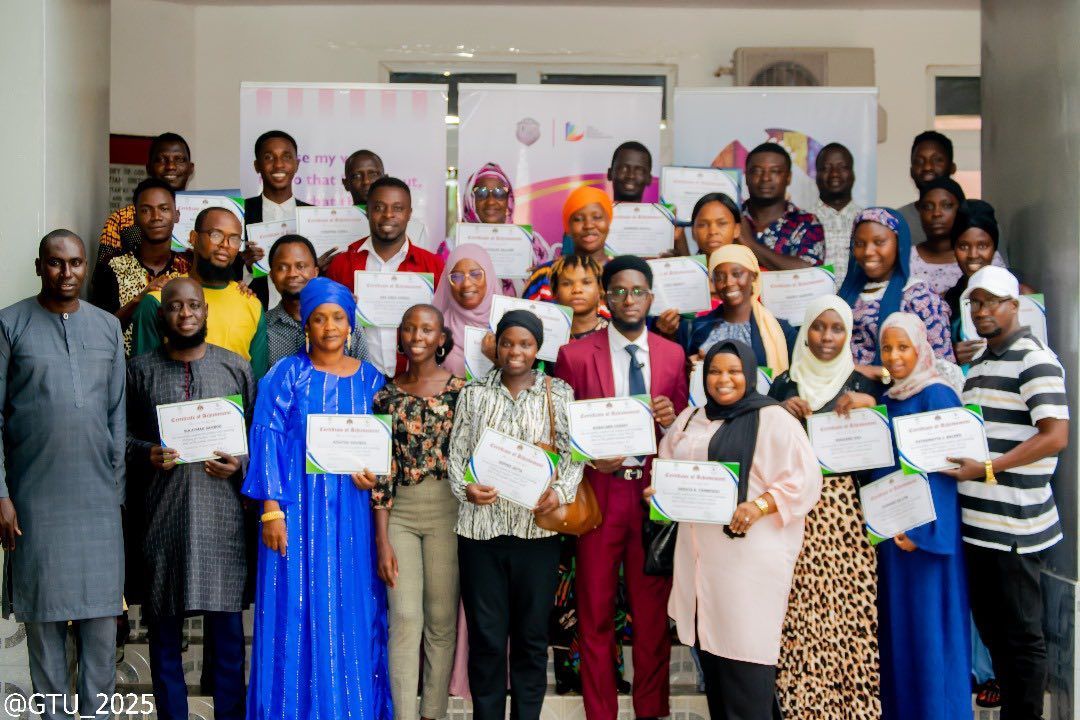Learning from Home During Covid19 in The Gambia
Learning from Home During Covid19 in The Gambia
Marie Antoinette Corr - General Secretary, Gambia Teachers Union, September 2020
Education response strategy to COVID 19
The Gambia Ministry of Basic and secondary education-initiated measures in the form of TV and Radio programmes to make up for learning gaps due to school closures. But complaints and concerns came from all quarters even the National Assembly that the MoBSE online learning disadvantaged many students especially those in the remote parts of the country as access to network coverage for both television and radios and other social media is questionable coupled with poor networking services compare to the urban areas.
In one of our meetings a member of the committee from the furthest region mentioned that he bought a ‘solar radio’ and that is what his children and other students in the community are using to follow the online lessons, he told us ‘they always invade my house to listen.’ After the meeting, we discussed and agreed that it would be a good idea to do something like this. First, we informed the Ministry but unfortunately, they could not provide support because they had other issues to deal with like paying the radio stations for the coverage amongst a host of other things.
I decided to contact few of our partners for support and the Steve Sinnott Foundation responded positively.
Finding the ideal solution
According to UNICEF recent study conducted in the country, out of 10,000 students 2,470 students across the six educational regions did not have access to radio or television in order for them to get their lessons through MoBSE ongoing online learning due to the COVID 19 pandemic.
The radio programmes offer an alternative platform and have the potential to reach children in areas that remain inaccessible. With many hundreds of schools closed, and children exposed to numerous risks the radio programmes will keep children in a positive learning routine.
The programme has a high recall value among students and has been effective in eliciting participation and keeping the students engaged.
Through the Sinnott Foundation we provided 380 Radio sets for students in three regions in rural Gambia. If you calculate that on average radio sets will be shared by several families and deliver lessons to approximately 10 children and adults at a time then we will have reached on average 3,800 students through this medium to allow them to continue learning safely.
GTU have also broadcasted campaigns to inform parents and adults about the dangers facing young girls at this time of early child marriage, pregnancy and sexual abuse, so everyone should be vigilant and protect our girls and report any cases to the police.
On top of this we have also delivered books and skipping ropes and footballs so that children can keep active and healthy and enjoy playing.
Looking Ahead
The Steve Sinnott Foundation have secured more funding for solar radios, thanks to The Canning Trust and The Souter Charitable Trust, who are now rolling that project out to more communities that we work with, in Sierra Leone, Haiti and Nepal.
We are also working with the University of Brunel to research potential ways to connect learners worldwide and create learning platforms that can be delivered both online and offline as needed. As well as creating digital learning resources for these.




